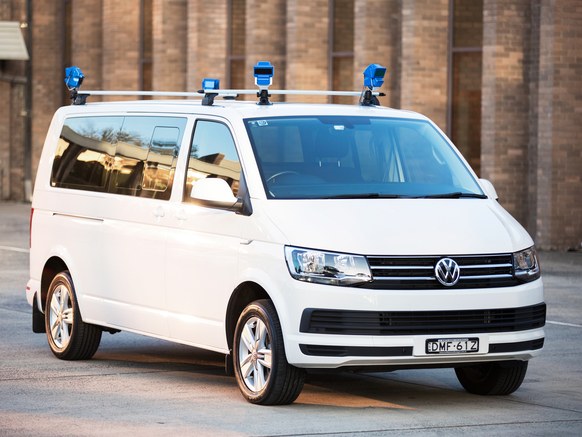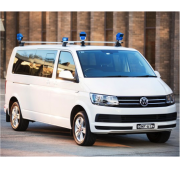
IN THE LAND of the self-driving vehicle, the car with the best lidar sensor is king. So goes the logic of the booming self-driving car industry. To drive safely, an autonomous vehicle needs to see the world around it, and the best way to do that is with a system that fires millions of pulses of light every second, measuring how long they take to bounce off nearby objects and building a detailed 3-D map.
Lidar, however, is hard. It’s a young technology—the first application designed specifically for driving dates to 2005—and remains expensive and unproven when it comes to the automotive grade reliability the car industry requires. That’s why dozens of lidar makers have emerged in recent years, each claiming they’ve got the laser-flinging solution that offers the right balance of range, resolution, robustness—and cost.
The latest newcomer to light up the dance floor is Baraja, an Australian startup founded by two former telecom workers. The key to their system? Prisms. Prisms and fiber optic cables.
One of the key challenges engineers face when they’re designing a lidar is how to move the laser back and forth, up and down, which is what it needs to do to take in all its surroundings. Velodyne, the oldest and biggest player in the market, sticks as many as 128 lasers into its sensor and spins the whole thing around 64 times per second. Luminar, a growing startup, with a pair of oscillating, dime-sized mirrors. The argument against such setups is that moving parts add complexity, and that they’ll only handle the rigors of the road for so long before breaking down.
この情報へのアクセスはメンバーに限定されています。ログインしてください。メンバー登録は下記リンクをクリックしてください。

